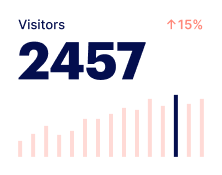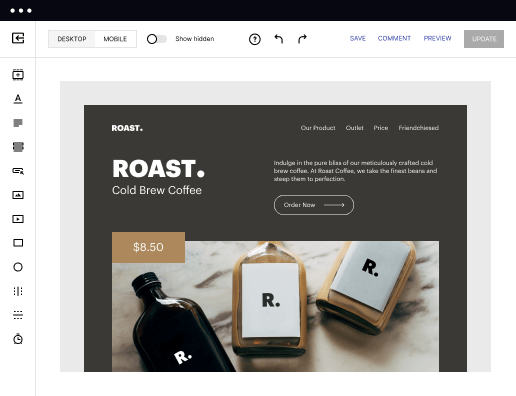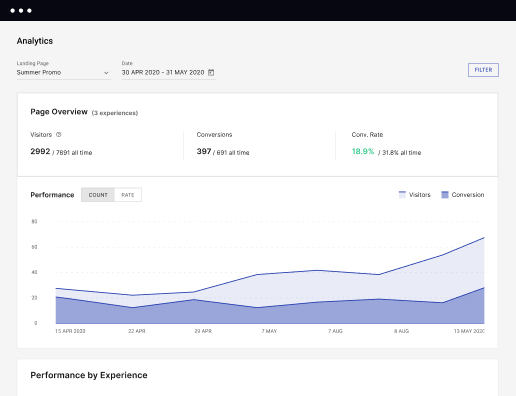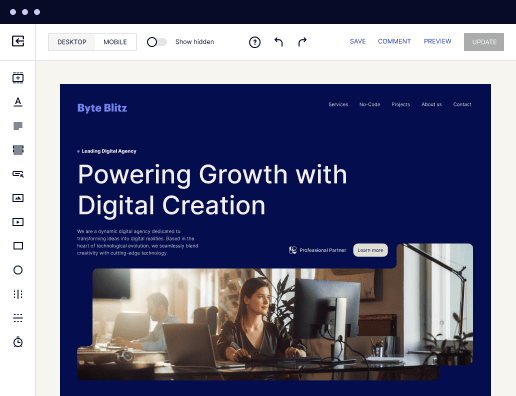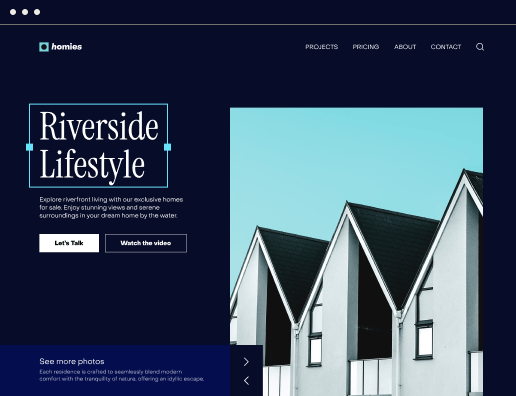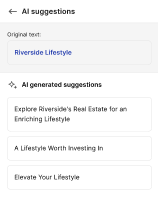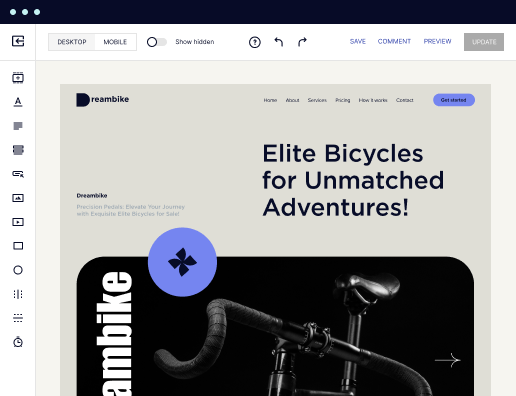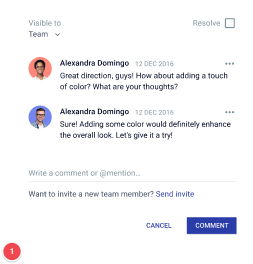Make your lazy loading HTML page: The future of marketing
Create your lazy loading HTML page and effortlessly optimize your web pages for diverse ads and audiences. Transform visitors into leads and sales while bolstering brand trust and nurturing customer loyalty.
Lazy load website examples: Your ultimate how-to guide
Creating a lazy loading HTML page is crucial for optimizing the user experience and improving loading times, which in turn boosts conversion rates. Leveraging Instapage’s flexible and easy-to-use platform, marketers can quickly build landing pages that are not only visually appealing but also function efficiently. Understanding how to implement lazy loading effectively will empower your team to enhance performance while delivering personalized experiences, vital for gaining brand trust and customer loyalty.
Understanding lazy loading
Lazy loading is a design pattern that defers loading non-essential resources at the point the page is initially loaded. Instapage allows you to seamlessly integrate this technique within your landing pages, ensuring users only download the content they need when they need it. This process is beneficial as it significantly reduces initial load time and helps improve SEO performance. Here are essential steps and considerations when creating your lazy loading HTML page:
- Opt for above-the-fold content: Place crucial elements that are visible first when the page loads to ensure a seamless user experience.
- Utilize image placeholders: Use low-resolution versions of images as placeholders while the full versions load, enhancing visual engagement during the wait.
- Implement asynchronous loading: Prioritize loading scripts and resources asynchronously whereby the browser can continue processing other elements.
Building your lazy loading HTML page with Instapage
To create a lazy loading HTML page effectively using Instapage, follow these strategic steps:
- Select a conversion-focused layout: Choose from over 100 available layouts in Instapage’s library to kickstart your design.
- Incorporate dynamic text replacement: Tailor content to each audience segment for maximum relevance, improving overall engagement.
- Use Instablocks for structured elements: Leverage pre-built Instablocks to organize content efficiently without the need for coding skills.
Optimizing performance through analytics
Once your lazy loading HTML page is set up, the next critical step is optimization. Utilizing Instapage’s built-in experimentation features allows you to assess how well your page performs across different audience segments. Consider these optimization tips:
- Perform A/B testing: Continuously test different variations of your landing pages to identify which designs convert better.
- Review detailed heatmaps: Analyze user interactions on your pages to refine placements and design further.
- Monitor the analytics dashboard: Track key performance metrics to understand user behavior and adapt your strategy accordingly.
By implementing these strategies, you can ensure that your lazy loading HTML page remains efficient, engaging, and conversion-ready.
Ultimately, a well-constructed lazy loading HTML page not only enhances user experience but also directly contributes to higher conversion rates and improved brand loyalty.
Start creating your page today with Instapage and experience the transformative power of optimized landing pages tailored for your business needs. Get started now!
Get more out of Create your lazy loading HTML page
Improve your Quality Score with quick load technology for landing pages
Increase conversions with content that aligns with your ads and audiences
Achieve maximum ROI by scaling your marketing initiatives
Leading the way in building high-performing landing pages





FAQs
See how to create your lazy loading html page in action
Ready to skyrocket conversions?
Supercharge your ad campaigns with high-performing landing pages.
Get started
